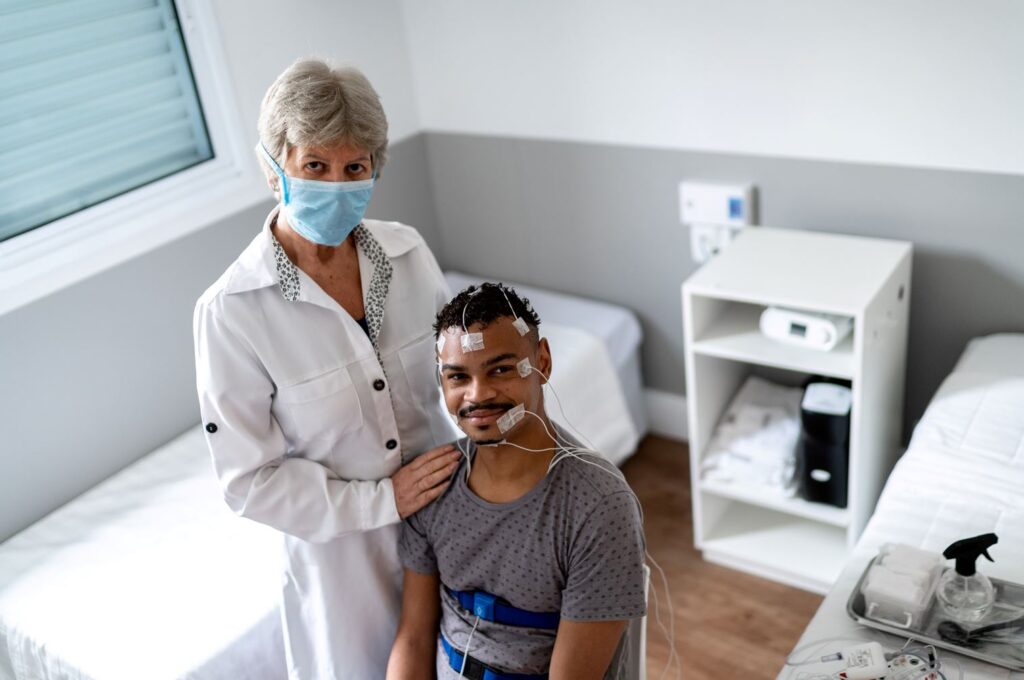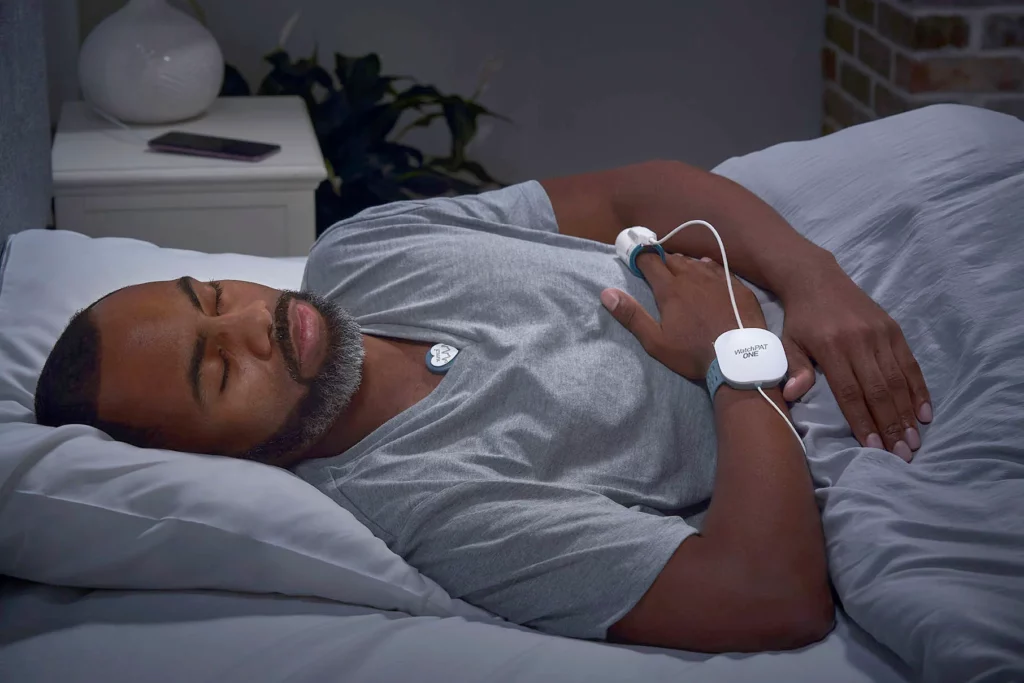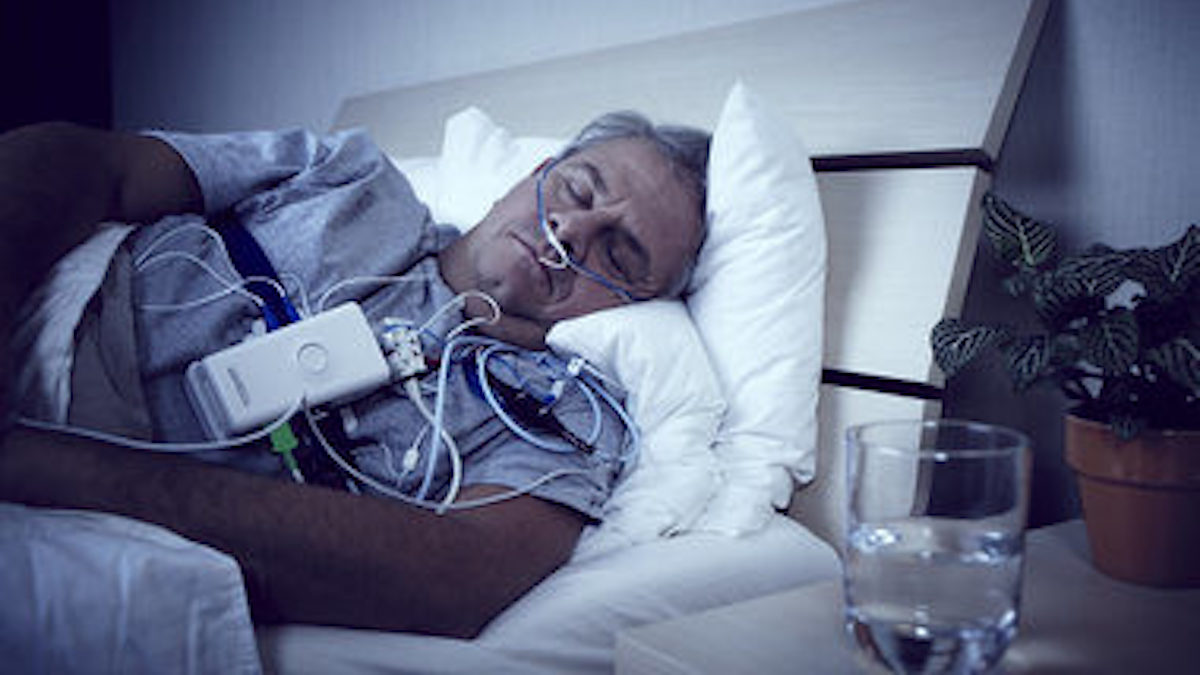In today’s fast-paced world, sleep disorders like sleep apnea have become increasingly common. However, the good news is that advancements in medical technology have made it easier to diagnose and treat this condition. One such method is a sleep study, which plays a crucial role in identifying sleep apnea and guiding treatment options. In this article, we will explore the science behind sleep apnea, the process of a sleep study, how to interpret its results, and the potential long-term impacts of sleep apnea diagnosis and treatment.
Understanding Sleep Apnea
Sleep apnea is a disorder characterized by repeated pauses in breathing or shallow breaths during sleep. These disruptions can occur multiple times an hour, leading to fragmented and unrefreshing sleep. If left untreated, sleep apnea can have severe consequences on a person’s overall health and wellbeing.
Sleep study, also known as polysomnography, are instrumental in diagnosing various sleep disorders, including sleep apnea. These studies involve monitoring a person’s sleep patterns, brain activity, breathing, and heart rate throughout the night.
It is crucial to understand that there are three main types of sleep apnea: obstructive sleep apnea, central sleep apnea, and complex sleep apnea syndrome. Obstructive sleep apnea, the most common form, occurs when the throat muscles relax and block the airway. Central sleep apnea, on the other hand, results from the brain failing to send proper signals to the muscles that control breathing. Complex sleep apnea syndrome is a combination of both obstructive and central sleep apnea.

The Science Behind Sleep Apnea
During sleep, the muscles in the throat and tongue relax. In individuals with sleep apnea, this relaxation can cause the airway to narrow or completely close, resulting in a brief pause in breathing. These pauses often trigger the brain to awaken partially, leading to gasping or choking sounds as the person resumes breathing.
Moreover, the repeated drops in oxygen levels during these breathing pauses can put significant stress on the body. This stress response can lead to an increase in blood pressure, putting a strain on the cardiovascular system over time. The lack of restorative sleep due to sleep apnea can also impact cognitive function, memory consolidation, and mood regulation.
Common Symptoms and Risks of Sleep Apnea
Sleep apnea is often accompanied by several symptoms, such as loud snoring, daytime sleepiness, morning headaches, and difficulty concentrating. Additionally, untreated sleep apnea can increase the risk of developing other health problems, including high blood pressure, heart disease, and diabetes.
It is essential for individuals experiencing symptoms of sleep apnea to undergo a sleep study for a proper diagnosis. Treatment options for sleep apnea may include lifestyle changes, such as weight loss and positional therapy, the use of continuous positive airway pressure (CPAP) machines, oral appliances, or in severe cases, surgery to correct anatomical issues in the airway.
The Role of Sleep Studies in Diagnosis
Understanding the complexities of sleep disorders is crucial for effective diagnosis and treatment. Sleep studies provide valuable insights into the underlying causes of disrupted sleep, helping healthcare professionals tailor interventions to improve a patient’s overall well-being.
What is a Sleep Study?
A sleep study is a non-invasive test conducted in a sleep laboratory or clinic, allowing experts to assess the quality and quantity of a person’s sleep. It typically involves spending a night in a specialized sleep room, where sensors are placed on the body to measure various physiological parameters.
Patients are encouraged to maintain their regular bedtime routine to ensure the most accurate results during the study. The sleep environment is designed to be comfortable and conducive to restful sleep, mimicking conditions that patients experience in their own bedrooms.
The Process of a Sleep Study
During a sleep study, electrodes are placed on the scalp to monitor brain activity and determine the different stages of sleep. Additionally, sensors are attached to the chest and abdomen to measure breathing patterns and identify any interruptions or anomalies. Finally, a pulse oximeter is used to measure oxygen levels in the blood.
Technicians meticulously analyze the data collected during the sleep study to identify patterns that may indicate specific sleep disorders. This detailed examination is crucial for accurate diagnosis and developing personalized treatment plans that address the unique needs of each patient.
Interpreting Sleep Study Results
Once the sleep study is complete, the data collected is carefully analyzed by sleep specialists to evaluate the presence and severity of sleep apnea. Understanding sleep patterns and anomalies is crucial in interpreting these results accurately.
Understanding Sleep Patterns and Anomalies
Sleep is divided into different cycles, including non-rapid eye movement (NREM) and rapid eye movement (REM) sleep. Normal sleep consists of a well-balanced pattern between these stages. However, sleep apnea disrupts this pattern, leading to decreased amounts of restorative REM sleep.
Moreover, the analysis of sleep patterns also includes assessing the duration spent in each sleep stage, the frequency of awakenings during the night, and the overall efficiency of sleep. These factors provide a comprehensive picture of an individual’s sleep quality and help in identifying any underlying issues beyond sleep apnea. Learn more about efficiency on https://energyeducation.ca/encyclopedia/Efficiency
How Sleep Study Results Indicate Sleep Apnea
During a sleep study, the number of apneas (pauses in breathing) and hypopneas (shallow breathing episodes) per hour are recorded. This metric, known as the apnea-hypopnea index (AHI), provides insights into the severity of sleep apnea. A higher AHI signifies a greater disruption in breathing during sleep.
Furthermore, the sleep study results may also reveal other sleep-related disorders such as periodic limb movements or parasomnias like sleepwalking or night terrors. Identifying these additional conditions is crucial for developing a comprehensive treatment plan tailored to the individual’s specific sleep needs.
Treatment Options Post-Diagnosis
Once sleep apnea has been diagnosed through a sleep study, various treatment options are available to help manage the condition. These can range from making lifestyle changes to medical interventions. It is crucial to address sleep apnea promptly to improve overall quality of life and reduce the risk of associated health complications.
Understanding the different treatment modalities and their potential benefits can empower individuals to make informed decisions about their care plan. By working closely with healthcare providers, patients can tailor a treatment approach that suits their unique needs and preferences, ensuring better adherence and efficacy in managing sleep apnea.
Lifestyle Changes for Managing Sleep Apnea
Simple lifestyle modifications can significantly improve sleep apnea symptoms. Losing weight, avoiding alcohol and sedatives, maintaining regular sleep schedules, and sleeping on your side can help keep the airway open and reduce sleep apnea episodes. Additionally, using specialized pillows or devices that promote better breathing can also provide relief. Incorporating these changes into daily routines can not only alleviate symptoms but also contribute to overall well-being.
Furthermore, engaging in regular physical activity and practicing relaxation techniques such as yoga or meditation can help reduce stress levels, improve sleep quality, and enhance the effectiveness of other treatment options for sleep apnea. Creating a conducive sleep environment, free of distractions and conducive to relaxation, is also essential in managing the condition effectively.
Medical Interventions for Sleep Apnea
In more severe cases, medical interventions may be necessary. Continuous positive airway pressure (CPAP) devices are commonly used to treat sleep apnea. These devices deliver a gentle flow of air through a mask, preventing the airway from collapsing during sleep. Other options include oral appliances that reposition the jaw or surgery to remove excess tissue obstructing the airway. It is important for individuals to work closely with healthcare professionals to determine the most suitable medical intervention based on the severity of their condition and individual health considerations.
Exploring alternative therapies such as acupuncture, positional therapy, or myofunctional therapy may also complement traditional treatment approaches for sleep apnea. These holistic modalities aim to address underlying issues contributing to airway obstruction and promote overall respiratory health. By adopting a comprehensive approach to managing sleep apnea, individuals can optimize treatment outcomes and improve their quality of life.
The Long-Term Impact of Sleep Apnea Diagnosis and Treatment
Diagnosing and treating sleep apnea can have significant long-term effects on a person’s quality of life and overall health. Sleep apnea is a common sleep disorder characterized by pauses in breathing or shallow breaths during sleep. These interruptions can lead to fragmented sleep, resulting in daytime fatigue, irritability, and other health issues.
Individuals with untreated sleep apnea are at a higher risk of developing serious health conditions such as high blood pressure, heart disease, stroke, and diabetes. However, with proper diagnosis and treatment, the long-term impact of sleep apnea can be effectively managed, improving both quality of life and overall health.

Improving Quality of Life with Treatment
By effectively managing sleep apnea, individuals can experience improved sleep quality, reduced daytime sleepiness, and increased energy levels. This, in turn, can positively impact their daily functioning, cognitive abilities, and mood. Continuous Positive Airway Pressure (CPAP) therapy is a common treatment for sleep apnea, where a machine delivers a constant flow of air through a mask worn during sleep to keep the airway open. To read more about Pressure click here.
The Importance of Ongoing Sleep Health Monitoring
Even after diagnosis and treatment, regular follow-ups and monitoring are crucial. Sleep apnea is a chronic condition, and the effectiveness of treatment may change over time. Periodic consultations with sleep specialists can ensure that treatment is optimized, and any new developments are addressed promptly. In some cases, lifestyle changes such as weight loss, regular exercise, and avoiding alcohol and sedatives before bedtime can also help improve sleep apnea symptoms.
It is essential for individuals with sleep apnea to be proactive in managing their condition and staying informed about the latest advancements in treatment options. Engaging in healthy sleep habits, such as maintaining a consistent sleep schedule and creating a relaxing bedtime routine, can complement medical interventions and contribute to better sleep quality. Remember, prioritizing ongoing sleep health monitoring is key to living a healthier and more fulfilling life.
Read more on: Sleep Study Costs in Adelaide Public vs. Private
